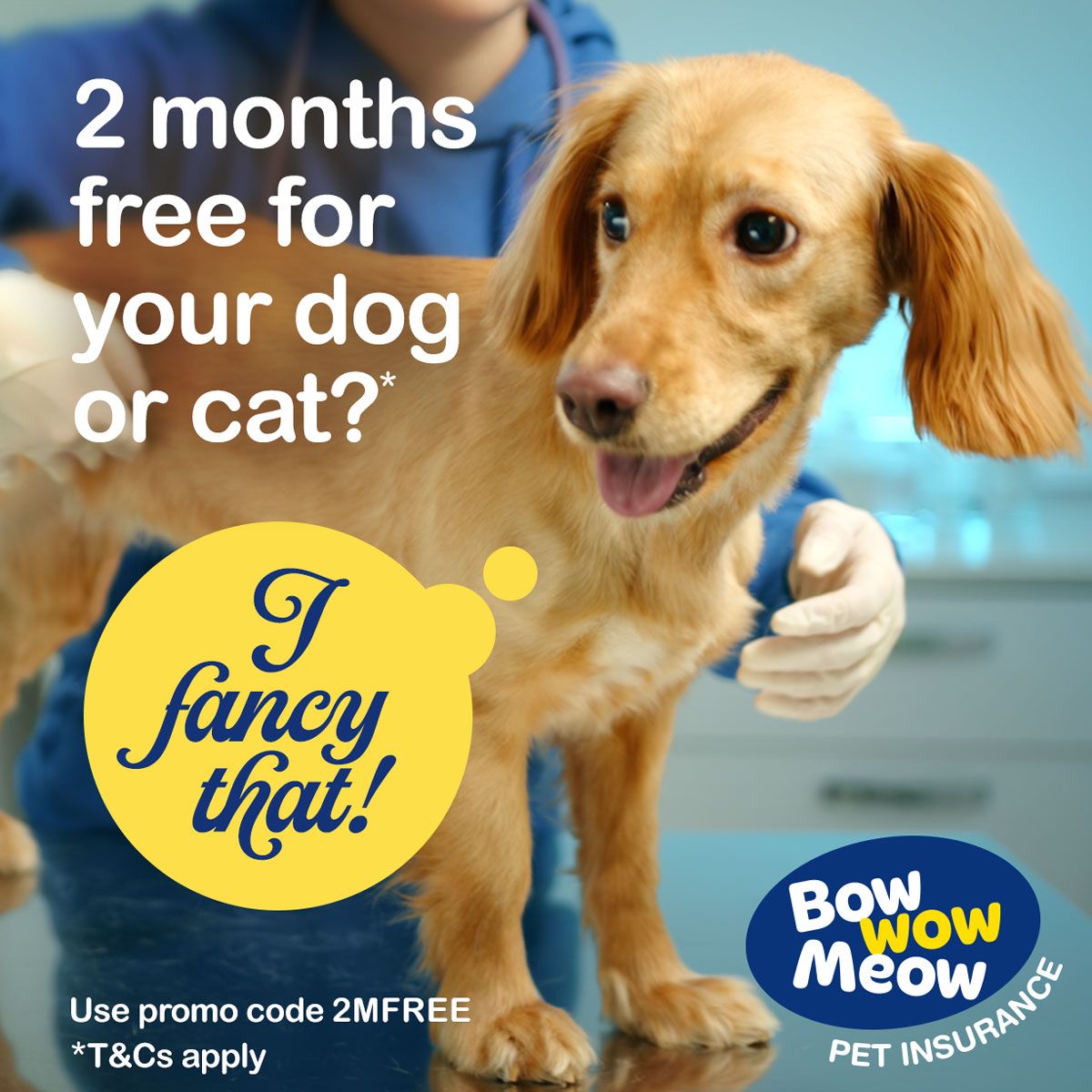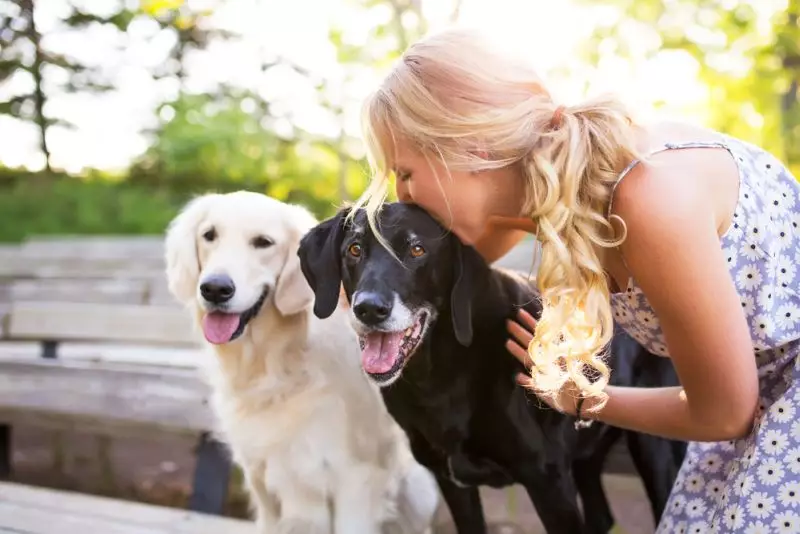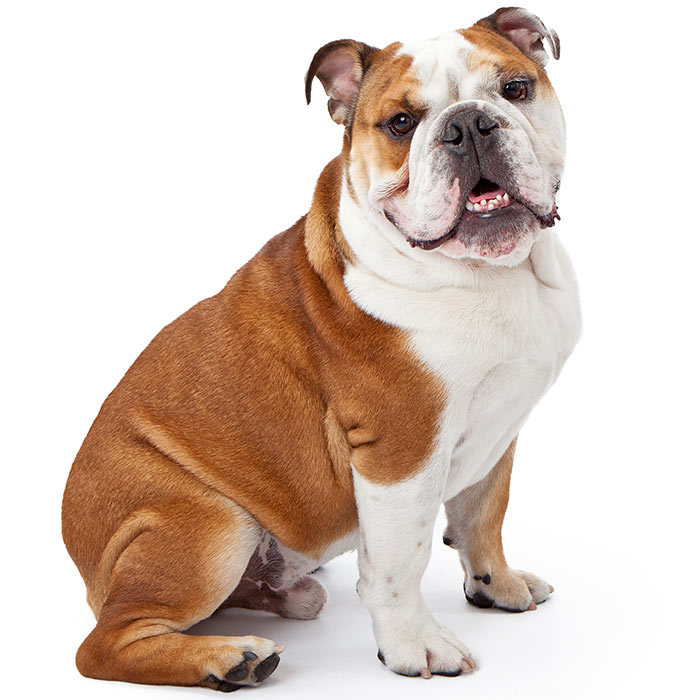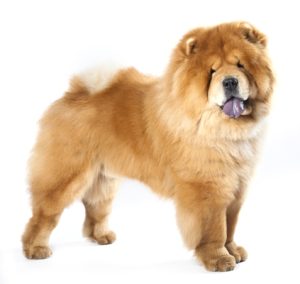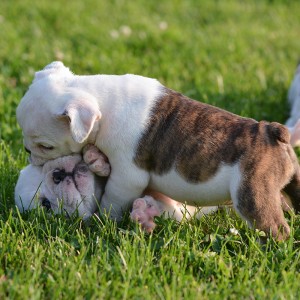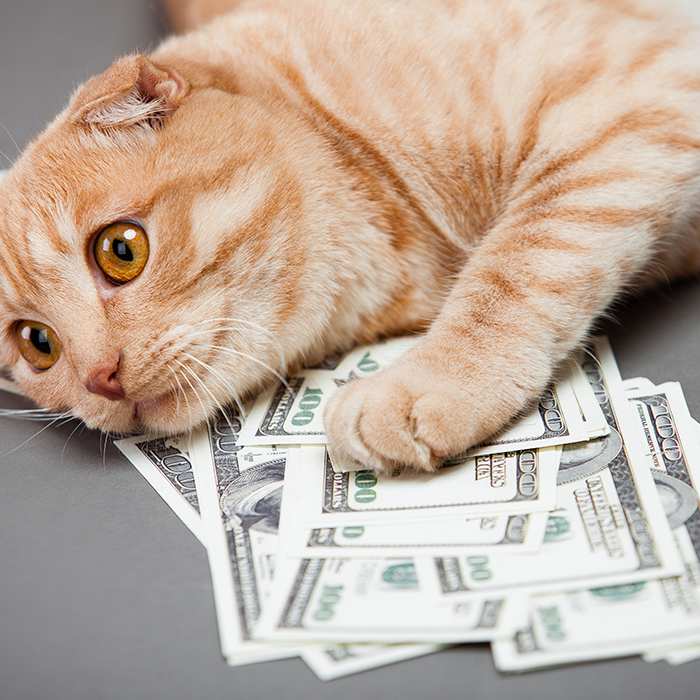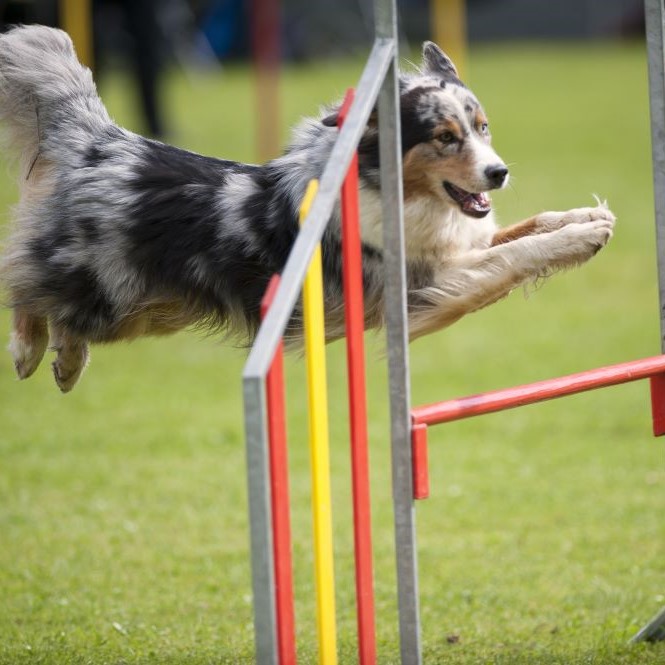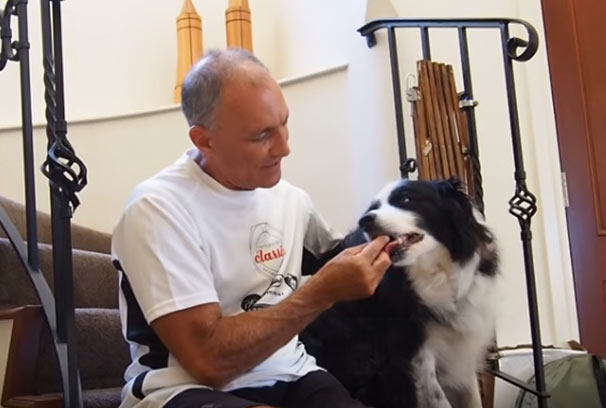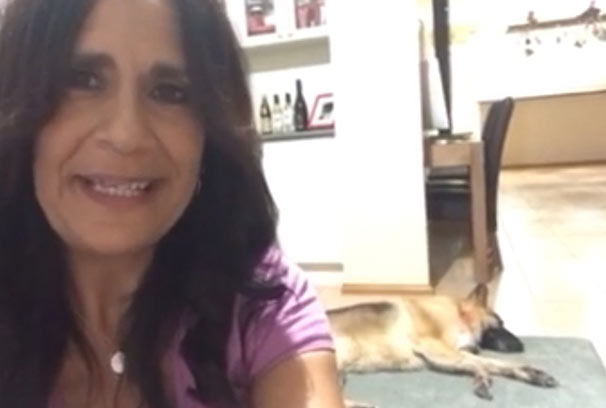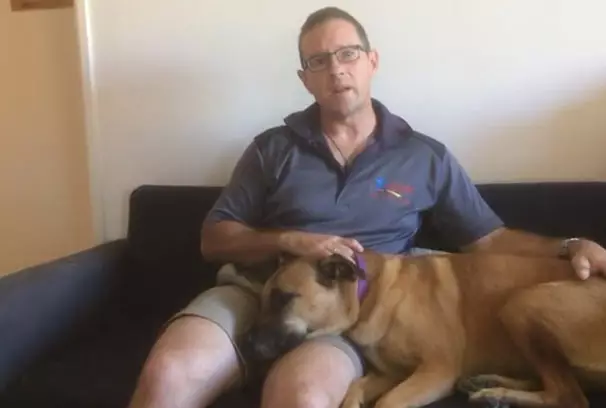Japanese dog breeds – Breed info
What defines a Japanese dog breed?
It depends who you ask! Within Japan, six breeds with pure bloodlines have been designated as “Nihon Ken” or national dogs. These breeds are described as natural monuments or national treasures because of their cultural significance. Importantly, this means that the government is involved in their preservation.
There are a number of other popular Japanese dog breeds that didn’t qualify for national dog status because they are the product of cross-breeding with imported Western dogs. “Unofficial” Japanese dog breeds such as the Japanese Spitz and Japanese Chin make wonderful companions and are growing in popularity amongst Australian dog owners, so we have included them in this article, along with the lesser known Japanese Terrier and Japanese Mastiff.
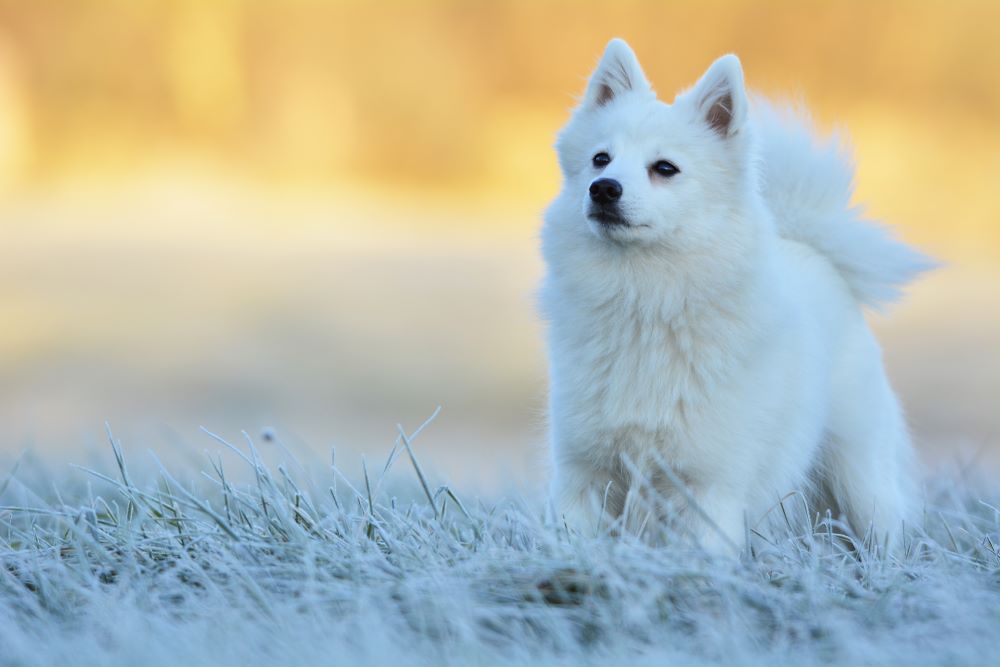
The Nihon Ken Japanese dog breeds
Possibly having origins in the extinct Japanese wolf, these early domesticated breeds remained almost unaltered for thousands of years because of the country’s geography and isolation. During the 1900’s, Japanese officials embarked on an effort to classify and preserve these breeds, and researchers scoured the countryside for them, ultimately identifying six distinctive breeds.
Apart from the popular Shiba Inu, their breed names are based on the regions where they were found: Akita Inu, Shikoku Ken, Kai Ken, Hokkaido and Kishu Ken. A seventh breed, Koshi or Koshino, is now sadly extinct.
In Japanese, “inu” and “ken” both mean “dog” and are used somewhat interchangeably. So, while the official name of the Japanese Akita is Akita Inu, a survey conducted in Tokyo in 1990 found that 95% of participants use prefer to use the term “Akita Ken”.
Common characteristics of the “Nihon Ken” breeds include:
- Triangular ears that stand straight up and face forward
- Tails that are either curled or point forward diagonally
- Muscular legs
- Brown, white, or black fur
- A double coat made up of protective, coarse outer guard hairs, and a fine, thick undercoat that is shed seasonally
- An aura of calm, dignity and refinement
Akita Inu
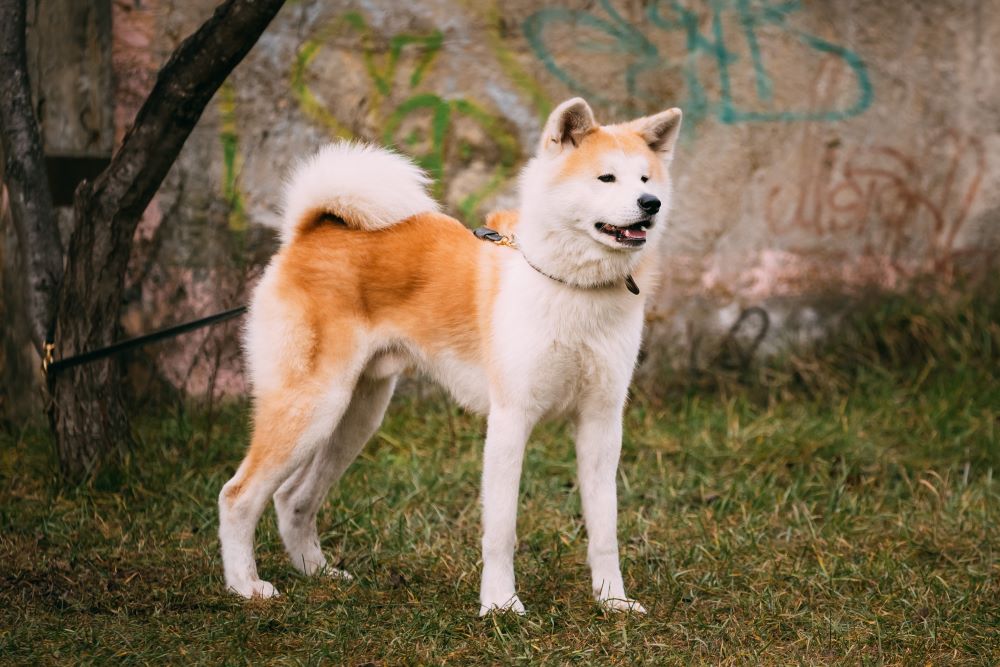
Beloved in Japan, the Akita Inu is the largest of the Nihon Ken. It is a stout dog of the spitz family with a dense coat that is well suited to cold weather. The breed originated in Japan in the early 1700’s as a hunting dog, but since there has been a split of breeding lines into Japanese Akita Inus and American Akitas.
Large and strong, Akita Inu were bred as protectors, so are inclined to be wary of strangers and are often perceived as arrogant or aloof. They are not all that friendly towards other dogs, tending to switch from play mode to attack mode without warning. They do best without another dog in the home so they can have total control of their territory.
Atikas tend to bond specifically with one person in the household. Generally calm around the house, they are independent, strong-willed and confident in their own abilities. They require an experienced owner who is confident and consistent in order to earn the dog’s respect and trust.
| Temperament: | Independent and loyal |
| Weight: | 32 to 45 kg |
| Height (max): | 71 cm |
| Activity level: | Medium – regular walks |
| Life span: | 11 to 15 years |
| Coat: | Harsh waterproof outercoat, soft thick undercoat |
| Pros: | They rarely bark |
| Cons: | They shed heavily & regularly |
- Learn more about the Akita Inu.
- Take our breed selector quiz to find out if the Akita Inu is right for you.
Shiba Inu
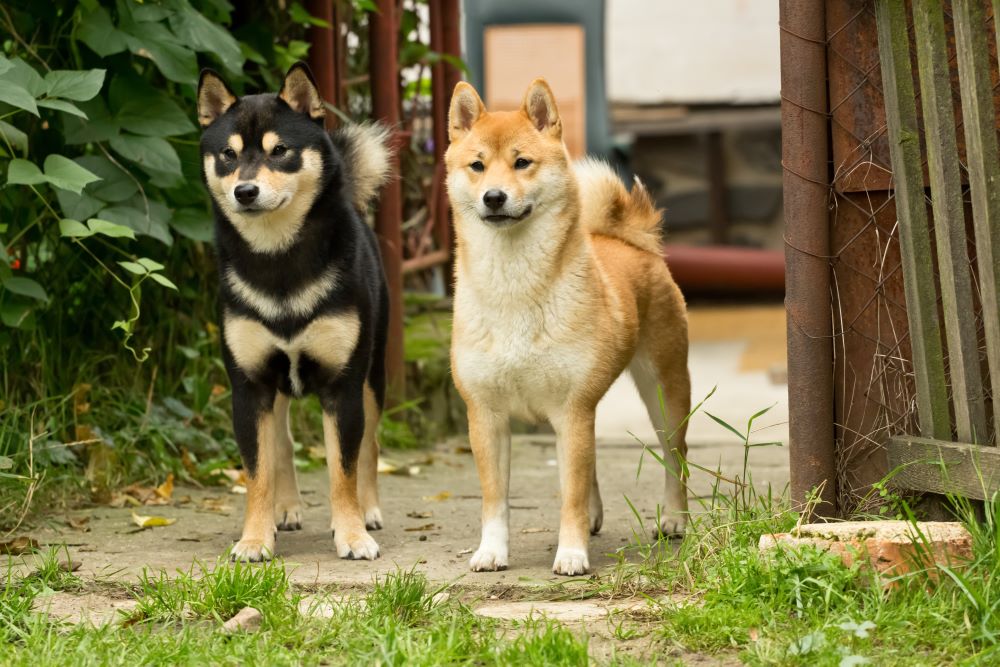
The Shiba Inu is the smallest of the Nihon-ken. It is an ancient breed that dates back to around 300 BC. With small pointy ears, a wedge-shaped snout, and a curled tail, the Shiba has a fox-like appearance and is described as being cat-like in personality, brave and confident with a mind of their own. Smart but not the easiest to train because of their willpower and stubbornness, they need to be managed with strong leadership skills.
Shibas bond well with and are affectionate to their owners but can be quite reserved towards strangers and other dogs. They are territorial and have a strong prey drive so may not be suited to homes with other smaller animals. The most popular companion dog in their native country, Shibas comprise around 80% of the dogs bred currently in Japan. A growing trend is to use smaller Shibas to breed a cuter and more apartment-friendly, unofficial ‘mame’- or bean-sized Shiba.
| Temperament: | Spirited, good-natured, alert and confident |
| Weight: | 7 to 10 kg |
| Height (max): | 45 cm |
| Activity level: | Medium to high – lots of play and daily walks |
| Life span: | 6 to 8 years |
| Coat: | Short |
| Pros: | Family friendly; easy to toilet train |
| Cons: | Escape artists; challenging to control and recall off-leash |
- Learn more about the Shiba Inu.
- Take our breed selector quiz to find out if the Shiba Inu is right for you.
Shikoku Ken
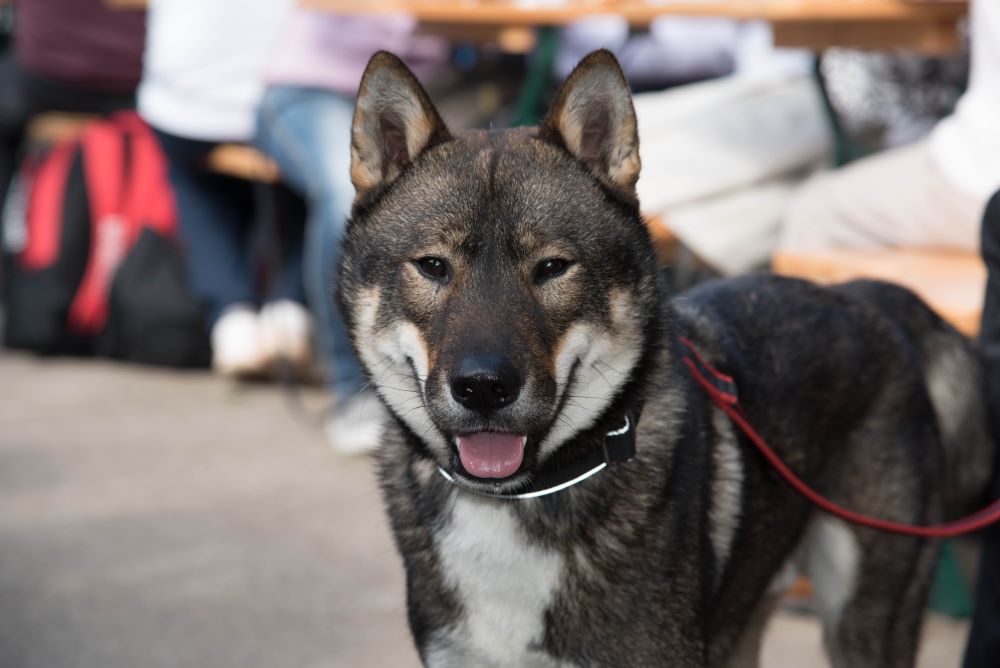
The Shikoku Ken (also known as Kochi-ken), the rarest of the Nihon-ken, is a beautiful, medium sized, spitz-type breed with a wild spirit and a wolf- or Husky-like appearance. It was bred to hunt large game, particularly boar, in mountainous territory. Other Japanese dog breeds were developed over the last thousand years to become mainly companion dogs, but Shikokus are still used for hunting wild boar and breeders attempt to maintain the breed’s skills as hunters.
Tough, athletic and courageous, Shikokus are the ideal companion for active, outdoorsy people. Said to be easier to handle than Atikas and Shibas, they are not as stubborn and have a strong desire for social interactions with humans and other dogs.
| Temperament: | Brave, energetic and loyal |
| Weight: | 14 to 23 kg |
| Height (max): | 55 cm |
| Activity level: | Medium – several daily walks & backyard play |
| Life span: | 10 to 12 years |
| Coat: | Short harsh outer coat, soft dense undercoat |
| Pros: | Eager to please their owner |
| Cons: | An independent thinker so not suited to everyone |
Kai Ken
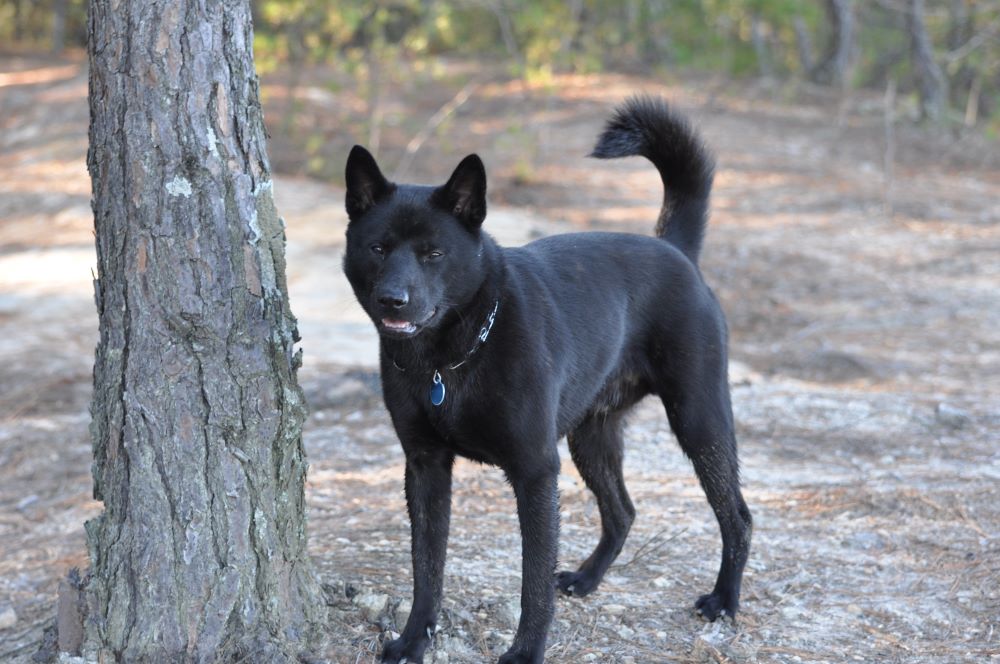
The Kai Ken is probably the most distinctive looking of the Nihon Ken. Of medium size, it is nicknamed the “tiger dog” because of their distinctively coloured, brindle-patterned coat that comes in three colours: brindle, black brindle and red brindle. Bred as hunters of wild game, including boar, deer, and even bear in the steep mountainous regions of Japan, they evolved into sturdy yet speedy dogs with well-developed muscles.
Reserved towards strangers, the Kai Ken are excellent watchdogs. Because of their strong hunting instinct, this breed may not be a wise choice to cohabit with other pets. Active and very agile, they have been known to climb trees while and even to cross rivers while chasing prey.
| Temperament: | Intelligent, affectionate and loyal |
| Weight: | 11 to 18 kg |
| Height (max): | 43 cm |
| Activity level: | Medium – leashed walks |
| Life span: | 12 to 15 years |
| Coat: | Medium |
| Pros: | Eager to please their owner, very fast learner |
| Cons: | Strong desire to hunt, so off leash walks not recommended |
- Take our breed selector quiz to find out which breed is right for you.
Hokkaido
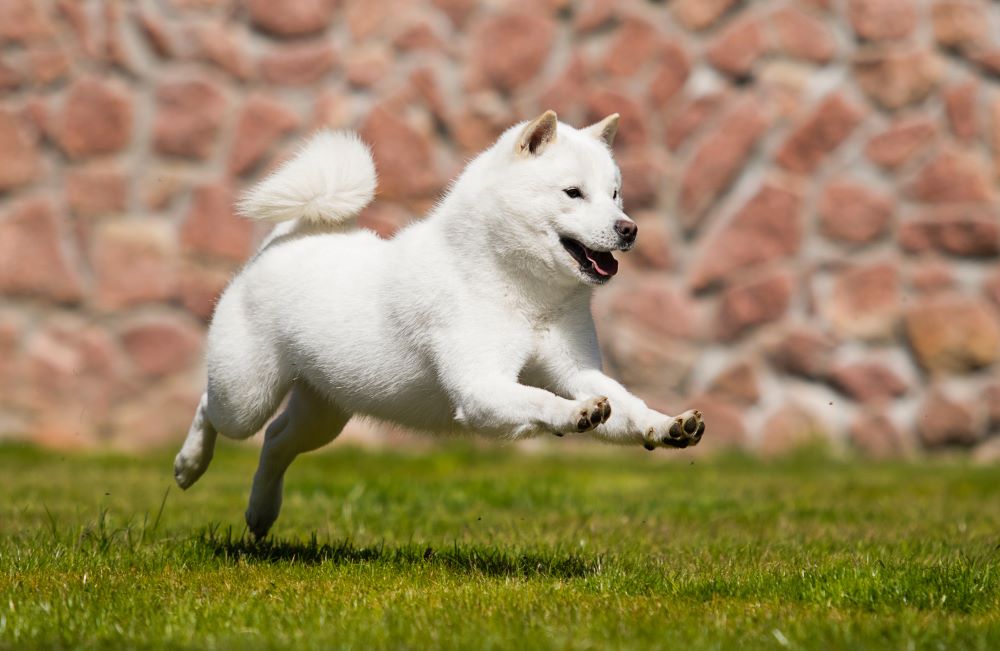
The Hokkaido is thought to have an older bloodline than other Japanese dog breeds. Bred as hunting dogs on Japan’s northernmost island with its colder temperatures, the medium-sized Hokkaido has a longer, thicker coat, larger paws, and smaller ears than other Nihon Ken to help them cope with the frigid cold.
A rare breed even in their native country, Hokkaido make a great family dog and energetic outdoor companion, doing well in a house with a big yard for running and playing in. Intelligent, exuberant and strong-willed, they are devoted to their owners and require a fair amount of attention. They aim to please their owners and are easy to train.
| Temperament: | Friendly, playful, alert and affectionate |
| Weight: | 20 to 30 kg |
| Height (max): | 52 cm |
| Activity level: | High – lots of outdoor activity |
| Life span: | 12 to 15 years |
| Coat: | Medium; longer and thicker than other Nihon Ken |
| Pros: | Great hiking and outdoor companions |
| Cons: | Good jumpers so extra-high fences required |
Kishu Ken

The Kishu Ken is an athletic, medium sized hunting dog that’s relatively rare outside of Japan (and is declining in numbers within its homeland because of the growing popularity of the smaller breeds). According to one Japanese legend, the Kishu Ken descended from wolves, while researchers date the breed back at least 3,000 years.
Kishu Ken are intelligent, brave and independent, but also more headstrong than the other Japanese dog breeds so may not be suited to novice owners. They have a strong natural hunting instinct and should not be left alone with other smaller pets who they may see as prey. They love being around their humans and do well with active families who enjoy spending time outdoors.
| Temperament: | Alert, confident, affectionate and loyal |
| Weight: | 14 to 27 kg |
| Height (max): | 55 cm |
| Activity level: | Medium – daily walks or hikes and fun activities |
| Life span: | 12 to 15 years |
| Coat: | Short |
| Pros: | They can thrive in almost any environment |
| Cons: | They are excellent escape artists |
- Take our breed selector quiz to find out which breed is right for you.
Other Japanese dog breeds
Some Japanese dog breeds didn’t qualify as Nihon Ken because they are the product of cross-breeding with imported Western dogs; however, their origins still have a distinctive Japanese flavour. All very different in appearance and temperament from the Nihon Ken as well as from each other, these breeds can make wonderful companions and are definitely worth considering if your heart is set on a Japanese dog breed.
Japanese Spitz

The Japanese Spitz is a small, cute dog with a distinctive pure white coat that was developed in Japan as a companion dog between 1920 and 1950. Not related to, but looking like a smaller version of the Samoyed, the Japanese Spitz is the product of crossing various Spitz breeds imported from different countries. Like other spitz breeds, it has pointy ears and a wedge-shaped snout.
The Japanese Spitz is very family oriented and sociable. Alert and intelligent, active and lively and eager to please, they are easy to train and do well at dog sports. This breed is very good with children and other pets.
| Temperament: | Alert, playful and affectionate |
| Weight: | 5 to 10 kg |
| Height (max): | 38 cm |
| Activity level: | Medium – daily play and walks |
| Life span: | 12 to 16 years |
| Coat: | Long, straight and profuse |
| Pros: | Good for novice owners |
| Cons: | Has a surprisingly loud bark |
- Learn more about the Japanese Spitz.
- Take our breed selector quiz to find out if the Japanese Spitz is right for you.
Japanese Terrier

The Japanese terrier is a small-sized Japanese dog that dates back to the 1600’s. The Japanese terrier is rare, even in Japan and is the only terrier breed that originated from Japan. They are believed to have descended from smooth-haired fox terriers that were brought to Japan from the Netherlands and bred with small pointers and indigenous Japanese breeds.
Japanese terriers typically have a black head and a white body. They have pointed ears that fold forward, and their tails are often docked. Although they can be stubborn, independent and self-willed, they are an intelligent breed that is highly trainable. They are one-person dogs who are often reserved with strangers.
| Temperament: | Independent, lively and curious |
| Weight: | 2 to 4 kg |
| Height (max): | 33 cm |
| Activity level: | Medium – they require physical and mental exercise |
| Life span: | 13 to 15 years |
| Coat: | Short, straight and fine |
| Pros: | They make great companion dogs for singles and quiet households |
| Cons: | Best kept in a fenced yard or on a lead, as they can eagerly run off. |
Japanese Chin
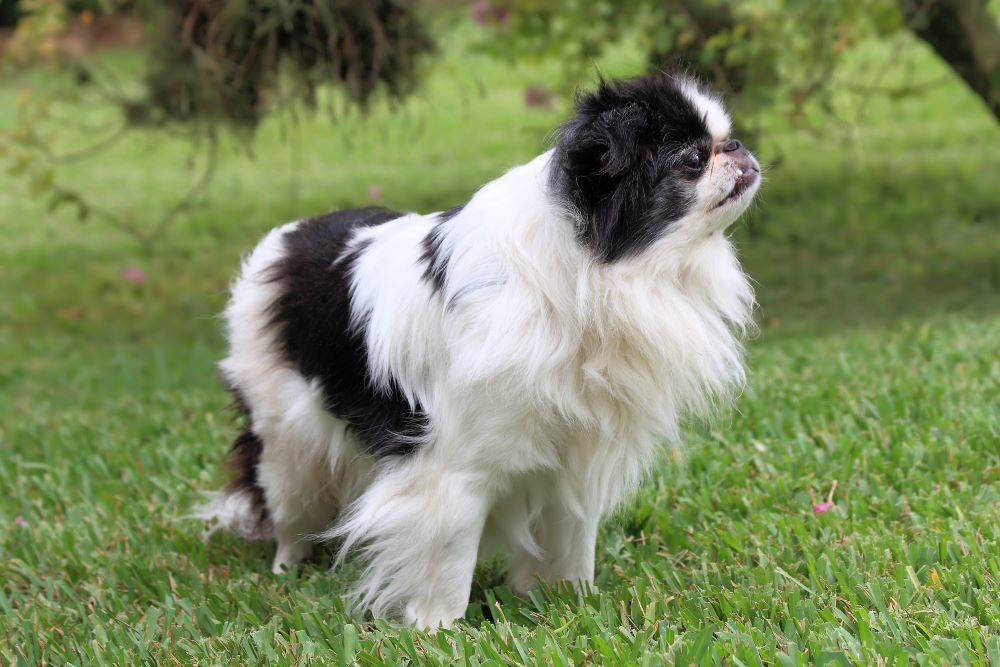
The Japanese Chin is a lapdog with a beautiful, silky coat, big forehead, round, dark eyes and a flat face with a short muzzle, giving it a unique and exotic appearance. Their coats can come in different colours, and black and white versions often look like panda bear cubs!
Whereas Inu are the more common working dogs, Chin are royalty – the descendants of the lapdogs of Chinese aristocracy. While the breed’s origins are a bit of mystery, the Japanese Chin is not native to Japan but was introduced, perhaps by Buddhist monks, Chinese emperors or European merchants, between 500 to 1,000 years ago, where it was embraced by the nobility who developed into what it is today.
Very loving and affectionate, Japanese Chins exhibit no anger or hostility. They can be kept as family dogs but bond best with one owner, enjoying his/her company and sole attention. They can be reserved around new people, pet and situations but enjoy performing tricks and playing with their owner.
| Temperament: | Intelligent, relaxed and loving |
| Weight: | 2 to 7 kg |
| Height (max): | 28 cm |
| Activity level: | Low – slow walks on the lead |
| Life span: | 10 to 12 years |
| Pros: | Excellent apartment dogs |
| Cons: | Being flat faced they can suffer from breathing problems |
- Learn more about the Japanese Chin.
- Take our breed selector quiz to find out if the Japanese Chin is right for you.
Japanese Mastiff / Tosa Inu
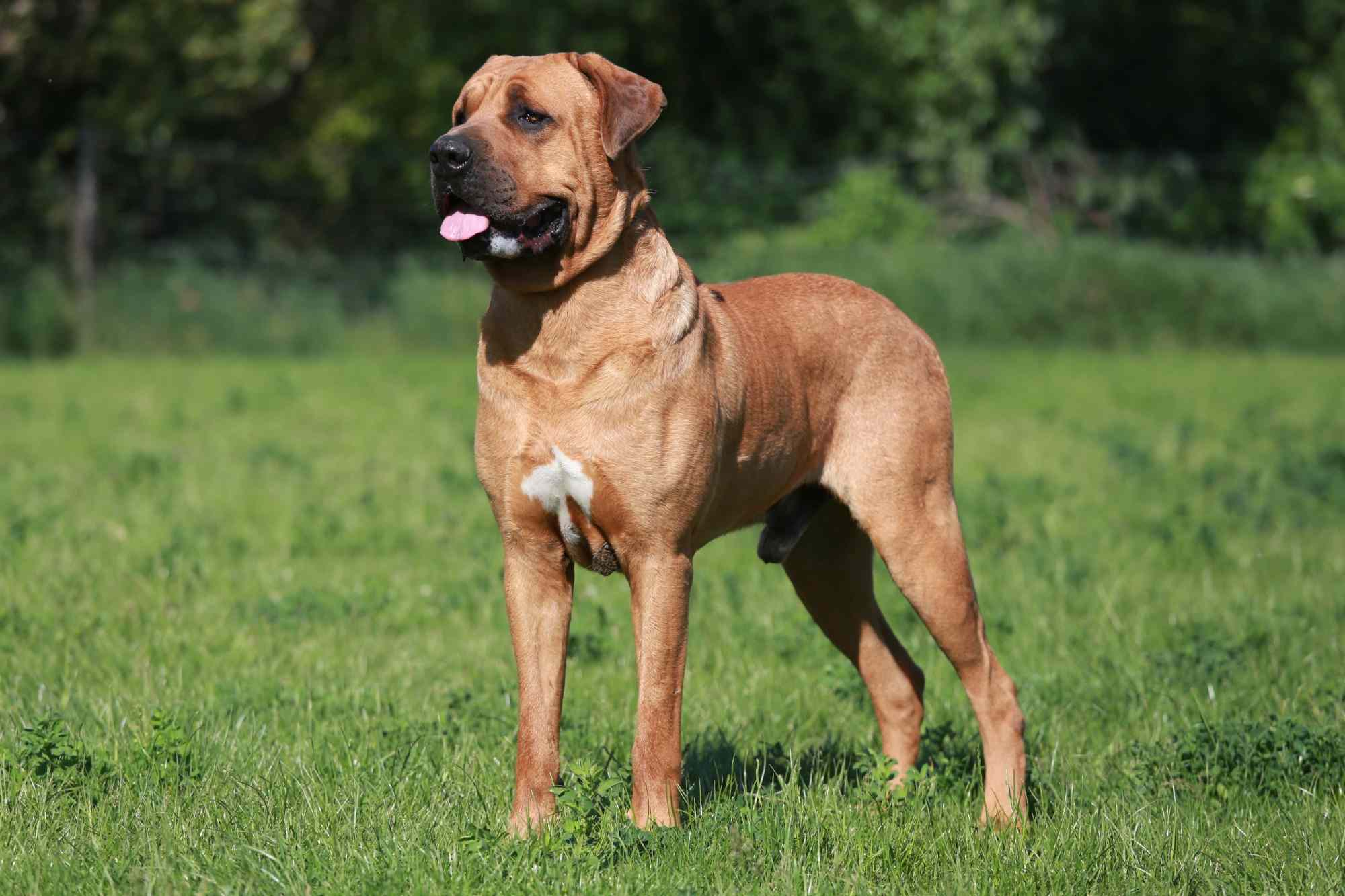
The largest of the Japanese breeds is the rare Japanese mastiff, also known as the Tosa Inu. It was developed in the 19th century by crossing the native Shikoku Ken with larger European breeds such as the English Bulldog and English Mastiff.
Bred specifically as a fighting dog, the Tosa Inu is the only breed in Japan that is still legally used in dog fighting competitions. They are considered the equivalent of Sumo wrestlers and are even dressed in ceremonial wrestling gear when they compete.
A slow developer, the Tosa Inu can take up to 4 years to reach maturity. Quietly affectionate with their family members, they can be aloof with strangers although are not usually overtly aggressive. In some countries, including Australia, it is considered a dangerous breed with restrictions on ownership.
| Temperament: | Brave, vigilant, calm and obedient |
| Weight: | 31 to 61 kg in Japan (outside of Japan up to 90 kg) |
| Height (max): | 82 cm |
| Activity level: | Medium – leashed walks & backyard play |
| Life span: | 10 to 12 years |
| Pros: | Excellent watchdogs, protective of their family |
| Cons: | May act aggressively towards other dogs |
Bow Wow Meow Pet Insurance can help protect you and your dog should an unexpected trip to the vet occur.
-
Find out more about our dog insurance options
-
Get an online pet insurance quote



